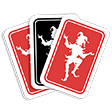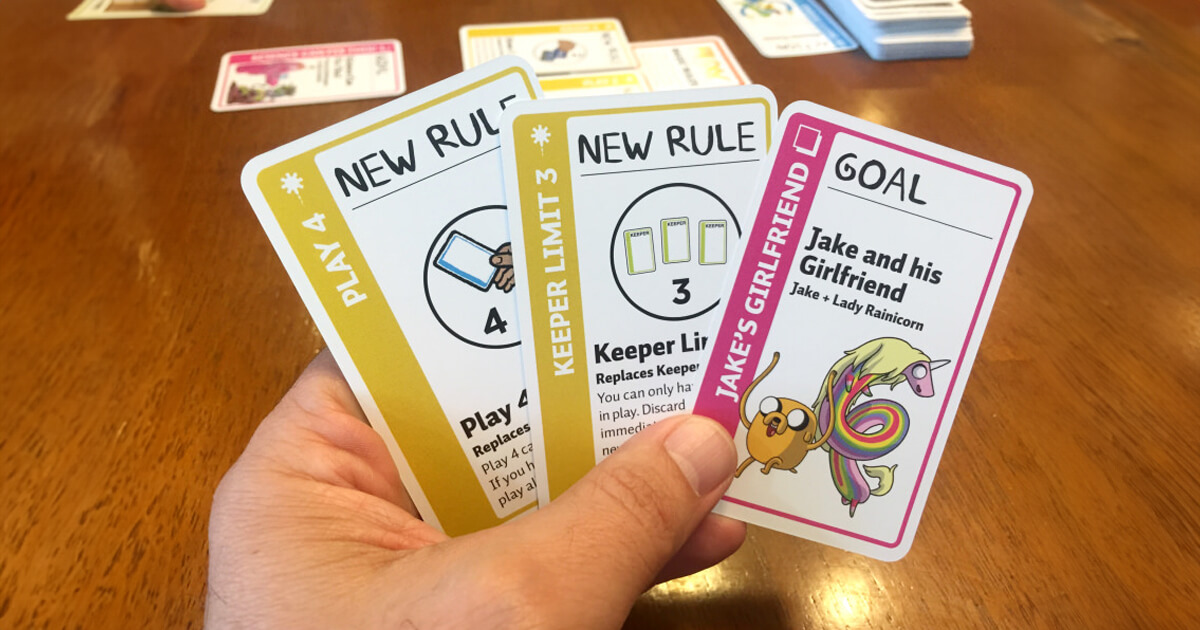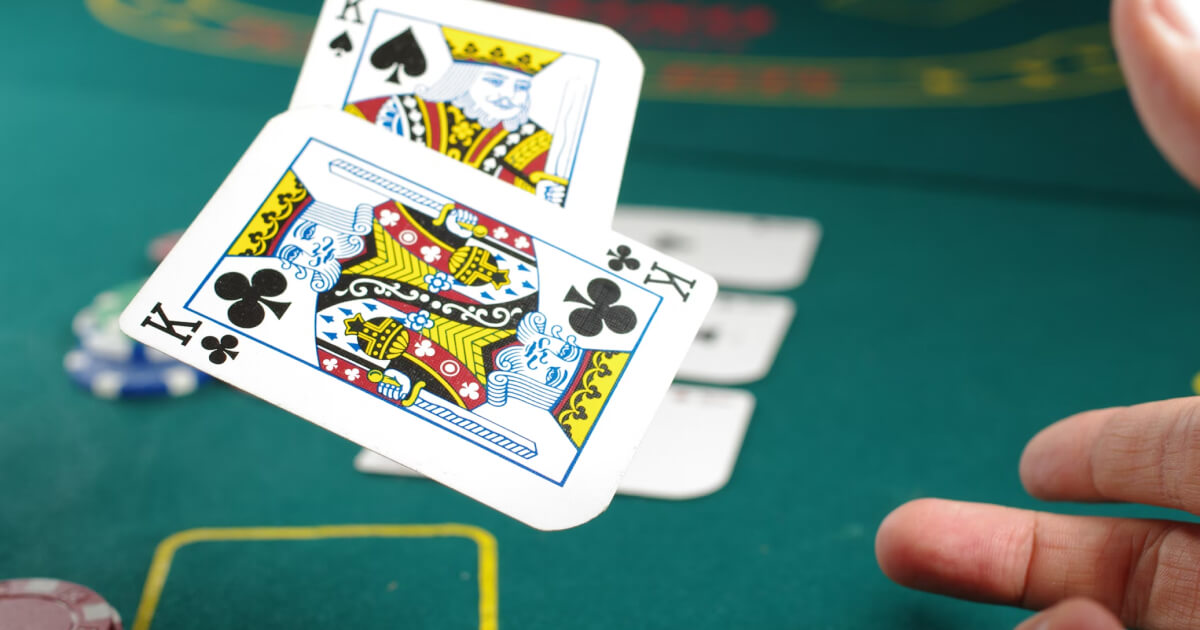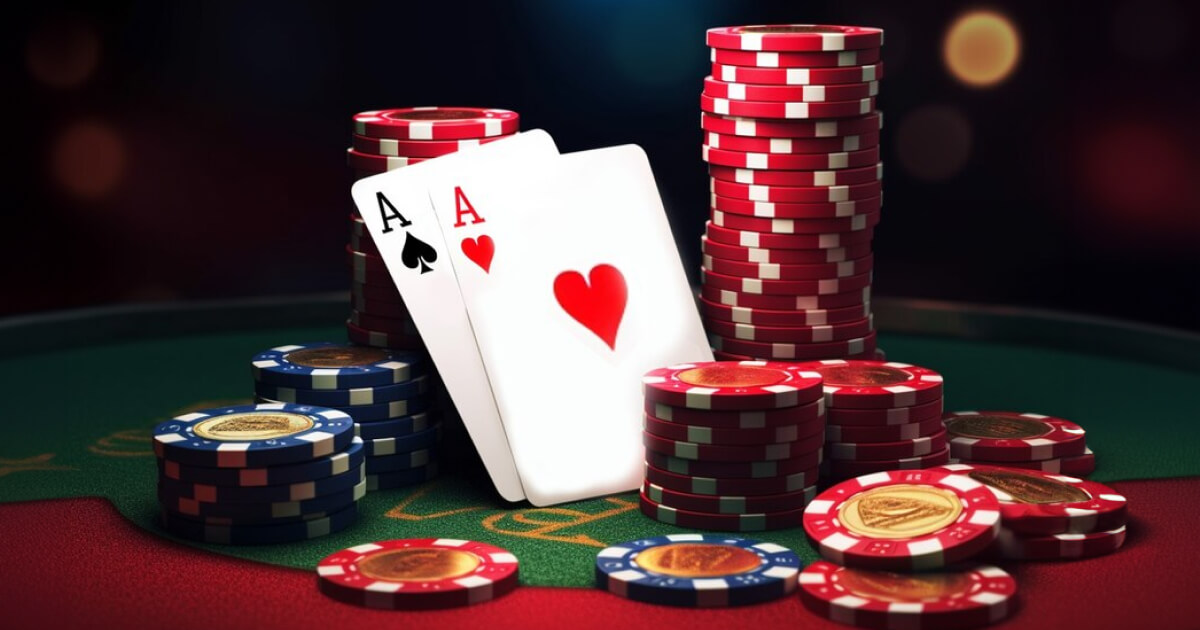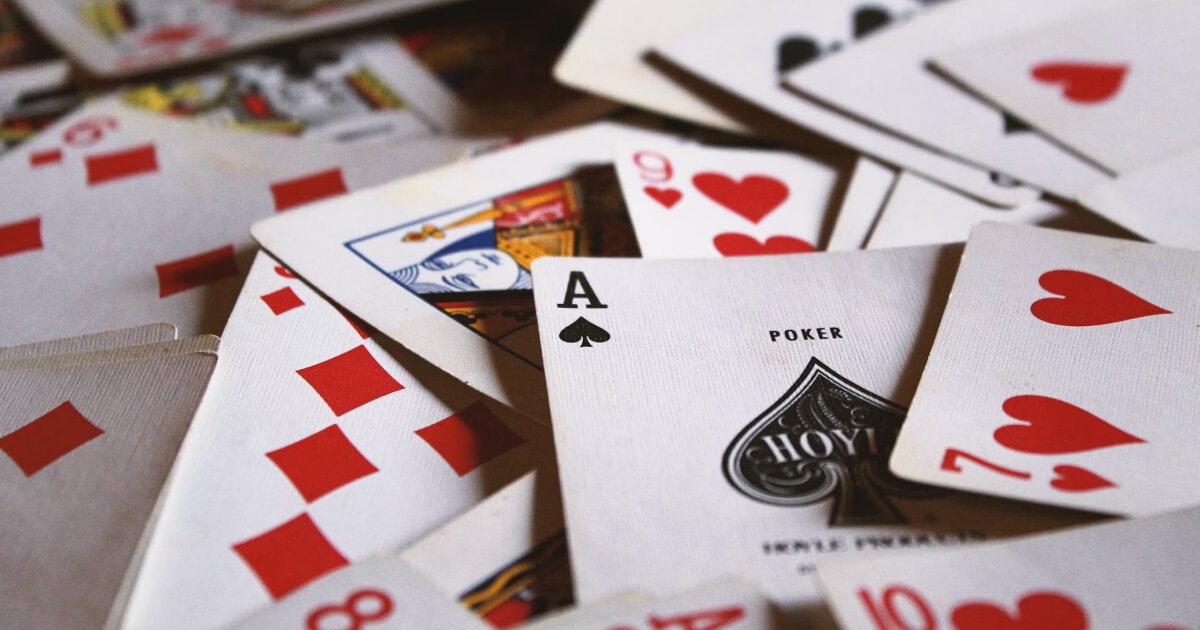The rules, goals, even the gameboard in the fascinating Fluxx card game are always evolving. This dynamic quality guarantees that no two Fluxx games are ever exactly the same, therefore offering players unlimited excitement and variety.
Looking at the components, setup, gameplay, and techniques of this all-including guide will help you master this creative game.
Here is a Complete Guide on How to Play Fluxx
Overview of Fluxx

Fluxx’s continually shifting gameplay is aimed to keep players alert. The game is perfect for two to six individuals and lasts normally between ten and forty minutes depending on how the rules evolve during play.
The main aim of the game is to be the first one to achieve the current goal. However, the route to success is far from basic as the rules and objectives might change straight instantly.
Components of Fluxx
To play Fluxx, you’ll need the following components:
- Deck of 100 Cards: The deck includes various types of cards such as Goals, Actions, Keepers, and New Rules.
- 9 Board Tiles: These tiles make up the gameboard, which will change positions throughout the game.
- 12 Game Pieces: Each player controls three pieces, which move around the board.
- 2 Peg Boards: Used to track rule changes and winning conditions.
- 8 Pegs: These pegs are placed on the peg boards to indicate rule settings and goals.
- Rules Sheet: Provides the initial setup and guidelines for play.
How Fluxx Differs from Traditional Card Games
Fluxx stands out from other card games due to its constantly changing rules and objectives. Here are some key differences:
- Gameboard: Unlike traditional card games, Fluxx features a gameboard composed of tiles that shift positions.
- Dynamic Rules: The rules of Fluxx are not fixed and can change multiple times throughout the game.
- Variable Goals: The objectives in Fluxx are also subject to change, adding an extra layer of strategy.
- Interactive Gameplay: Players must adapt to new rules and goals, making Fluxx highly interactive and engaging.
Objective of the Game
The main objective in Fluxx is to be the first player to collect the required number of goal cards. The number of goals needed to win can change throughout the game, adding to the unpredictability and excitement.
Setup
To set up the game, follow these steps:
- Pegboards: Place a peg in each of the left-most positions for the seven rules on the rules pegboard. Place another peg in the “3” spot on the win pegboard, or “4” for a longer game.
- Tiles: Place the start tile in the center of the table. Mix the eight gameboard tiles and place them randomly around the start tile to form a big square.
- Colors: Assign each player a color and place their color card in front of them. Place all three of their pieces on the start tile. Unused colors remain in the box.
- Goal Stack: Find the first five goal cards in the deck and place them face up on the “Place Goals Here” space of the win pegboard. After everyone has seen them, shuffle the cards to randomize their order.
- Cards: Shuffle the deck and deal three cards to each player.
- First Rule Change: Each player gets one free rule change before the game starts. Going in turn order, each player moves a peg one notch to the right (or up on the win peg).
Gameplay
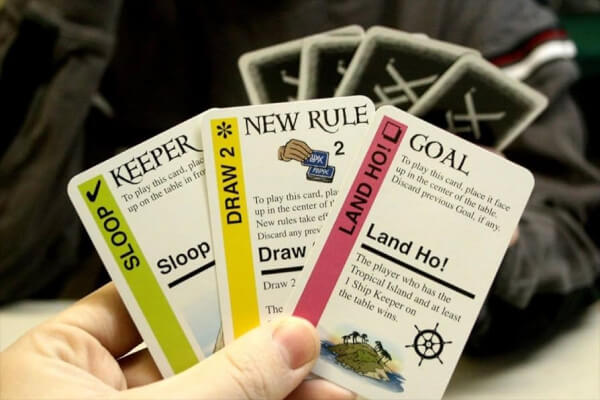
On your turn, you must follow the steps indicated by the rules pegboard:
- Draw Cards: Draw the number of cards indicated on the rules pegboard.
- Play Cards: Play the number of cards indicated on the rules pegboard.
- Move Pieces: Move your pieces according to the number indicated on the rules pegboard.
- Discard to Hand Limit: Discard cards to match the hand limit indicated on the rules pegboard.
You can play cards and make moves in any order, but you must keep track of how many moves and cards you have played to ensure you perform the required number of each action.
Also See: Card Game UNO Rules, Strategies And More
Exiting the Start Tile
Pieces can only move out of the start tile by following one of the four exit arrows. However, pieces can move (or be bumped) back onto the start tile from any adjacent space.
Card Types and Their Effects
Fluxx features several types of cards, each with its own unique effects:
- Action Cards: These cards trigger specific events as described on the card. After performing the action, place the card on the discard pile.
- New Rule Cards: Playing these cards instantly changes the rules of the game. Move the appropriate peg on the pegboard and place the card on the discard pile.
- Leaper Cards: These cards allow you to move one of your pieces directly to the space shown on the card. If another piece is already there, it is moved back to the start tile.
- Goal Cards: These cards establish the objectives that players must meet to win. The first player to position two of their pieces on the required spaces collects the goal card.
Moves
You can divide your moves among your pieces as you wish, but no diagonal moves are allowed. You must make all possible moves, as passing is not allowed.
Special Spaces
- Octagons: These spaces have no occupancy limit, allowing multiple pieces to occupy the same space.
- Portals: Connected by a magical passage, these spaces allow pieces to move between them without using a move.
Bumping
In Fluxx, spaces can only hold one piece at a time, except for octagons and portals. To move into an occupied space, you must bump the existing piece to an adjacent space. You cannot bump pieces into the space you moved from, and you cannot jump over any blocking pieces.
Hand Limit
The hand limit rule restricts the number of cards you can hold when it isn’t your turn. If you exceed the hand limit at the end of your turn, you must discard the excess cards immediately.
Special Moves
Depending on rule changes, you may have the option to rotate or uproot tiles, or to move pieces wraparound-style:
- Rotate: Uses one move to rotate a tile 90, 180, or 270 degrees.
- Uproot: Uses one move to pick up and move a tile to another spot, maintaining its orientation.
- Wraparound: Allows pieces to move off one edge of the board and reappear on the opposite side.
- Leaping Gaps: If wraparound is active, pieces can leap over gaps between tiles.
Adapting to Rule Changes
When the number of cards drawn per turn increases, draw an extra card to make up the difference. If the draw setting is lowered, you don’t need to return cards already drawn. The same applies to plays and moves; complete your turn according to the current settings.
Collecting Goals
To collect a goal card, you must position two of your pieces on the required spaces shown on the goal card. When you meet the requirements of the topmost goal on the stack, take the card and keep it in front of you. Only the top goal is eligible for collection, but you can look through the stack without changing the order.
End of the Game
The game ends when a player collects the number of goals indicated on the win pegboard. If two players achieve this simultaneously, the game continues until one player has more goals than the others.
Conclusion
One of a kind and always changing game with limitless thrill and variation is Fluxx card game. Its fluid rules and goals guarantee that every game is unique.
Whether you are a regular player or new to the game, learning Fluxx card game rules calls for flexibility, strategy, and an openness to welcome change. So get your pals together, mix the cards, and get ready for a distinct gaming experience. May the flux follow you.
